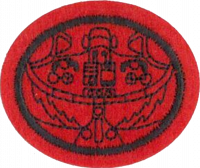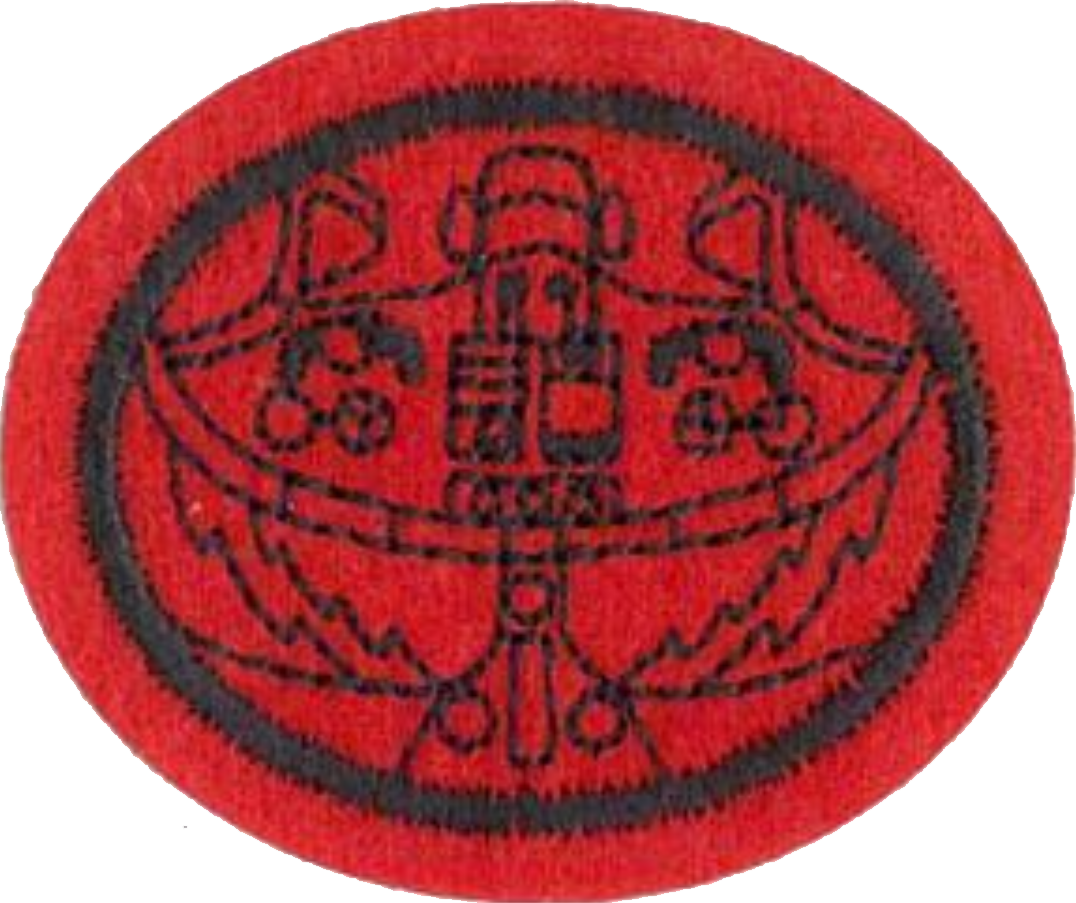Difference between revisions of "AY Honors/Aviators/Requirements/es"
(Created page with "</noinclude>Brújula aeronáutica <noinclude>") |
(Created page with "</noinclude>Estabilizador horizontal <noinclude>") |
||
| Line 120: | Line 120: | ||
<noinclude></noinclude><section end=req4d /></b> | <noinclude></noinclude><section end=req4d /></b> | ||
| − | :<b>e. <section begin=req4e /><noinclude> | + | :<b>e. <section begin=req4e /><noinclude></noinclude>Indicador de rumbo |
| − | </noinclude> | + | <noinclude></noinclude><section end=req4e /></b> |
| − | <noinclude | ||
| − | |||
| − | :<b>f. <section begin=req4f /><noinclude> | + | :<b>f. <section begin=req4f /><noinclude></noinclude>Inclinómetro |
| − | </noinclude> | + | <noinclude></noinclude><section end=req4f /></b> |
| − | <noinclude | ||
| − | |||
| − | :<b>g. <section begin=req4g /><noinclude> | + | :<b>g. <section begin=req4g /><noinclude></noinclude>Variómetro |
| − | </noinclude> | + | <noinclude></noinclude><section end=req4g /></b> |
| − | <noinclude | ||
| − | |||
| − | :<b>h. <section begin=req4h /><noinclude> | + | :<b>h. <section begin=req4h /><noinclude></noinclude>Yugo |
| − | </noinclude> | + | <noinclude></noinclude><section end=req4h /></b> |
| − | <noinclude | ||
| − | |||
| − | :<b>i. <section begin=req4i /><noinclude> | + | :<b>i. <section begin=req4i /><noinclude></noinclude>Frenos |
| − | </noinclude> | + | <noinclude></noinclude><section end=req4i /></b> |
| − | <noinclude | ||
| − | |||
:<b>j. <section begin=req4j /><noinclude><div lang="en" dir="ltr" class="mw-content-ltr"> | :<b>j. <section begin=req4j /><noinclude><div lang="en" dir="ltr" class="mw-content-ltr"> | ||
Revision as of 15:55, 14 May 2021
Nivel de destreza
2
Año
2015
Version
27.11.2025
Autoridad de aprobación
División Norteamericana
1. Identificar, con aviones reales, las cinco categorías de aeronaves y las diferentes clases dentro de cada categoría.
- a. Aviones
- i. Un motor, tierra
- ii. Multimotor, tierra
- iii. Un motor, mar
- iv. Multimotor, mar
- b. Alas giratorias
- i. Helicóptero
- ii. Autogiro
- c. Planeadores
- d. VTOL
- e. Aerostatos
- i. Globo
- ii. Dirigible
2. Estar involucrado en una discusión interactiva que explora los siguientes:
- a. El principio de Bernoulli y cómo se aplica a los aviones.
- b. Las cuatro fuerzas del vuelo y cómo cada uno afecta al vuelo de un avión.
- c. Tres tipos de aeronaves y sus usos en la aviación hoy en día.
- d. Los tres ejes principales de un avión. Demostrar la clase de movimiento que la aeronave hace en cada eje y lo que controla ese movimiento.
- e. Las diferentes clases de motores, alas y otros equipos y su aplicación/uso.
3. Identificar correctamente en un avión real las siguientes partes exteriores de un avión:
- a. Carenado o góndola
- b. Hélice
- c. Tren de aterrizaje
- d. Ala
- e. Flap
- f. Alerón derecho
- g. Alerón izquierdo
- h. Fuselaje
- i. Cola
- j. Estabilizador horizontal
- k. Estabilizador vertical
- l. Timón de profundidad
- m. Timón de dirección
4. Identificar correctamente en un avión real las siguientes partes del interior de un avión:
- a. Altímetro
- b. Indicador de actitud
- c. Anemómetro
- d. Brújula aeronáutica
- e. Indicador de rumbo
- f. Inclinómetro
- g. Variómetro
- h. Yugo
- i. Frenos
- j.
Rudder Pedals
- k.
Throttle control
- l.
Trim Control
Choose 3 historical figures in aviation who have had an impact on aviation history. Detail their role and importance in aviation history. Some possible figures include: Leonardo da Vinci, Daniel Bernoulli, Sir George Cayley, Otto Lilienthal, Gustave Whitehead, Octave Chanute, Orville & Wilbur Wright&, Glen Hammond Curtiss, or Amelia Earhart.
Do one of the following:
- a.
PREFERRED: Take an intro flight in an airplane and observe the different movements made by three different control surfaces. Record your observations.
- b.
(If an intro flight is not possible) Demonstrate and explain on the ground the different movements made by three different control surfaces. You may do this demonstration on a real aircraft or in a flight simulator.
7.
Do one of the following:
- a.
Interview a mission pilot or missionary who has used airplanes to help tell people about Jesus. As a result of your interview be able to:
- i.
List three ways God uses mission aviation to spread the gospel, based on the Great Commission of Matthew 28:18-20
- ii.
List three ways you as a Pathfinder can help our mission pilots
- b.
Interview a commercial full-time pilot. As a result of your interview be able to:
- i.
List three ways pilots can share Jesus within their workplace, based on the Great Commission of Matthew 28:18-20
- ii.
List three ways you as a Pathfinder can share Jesus within a non-church environment.
- ↑ The Wright brothers are one historical character


